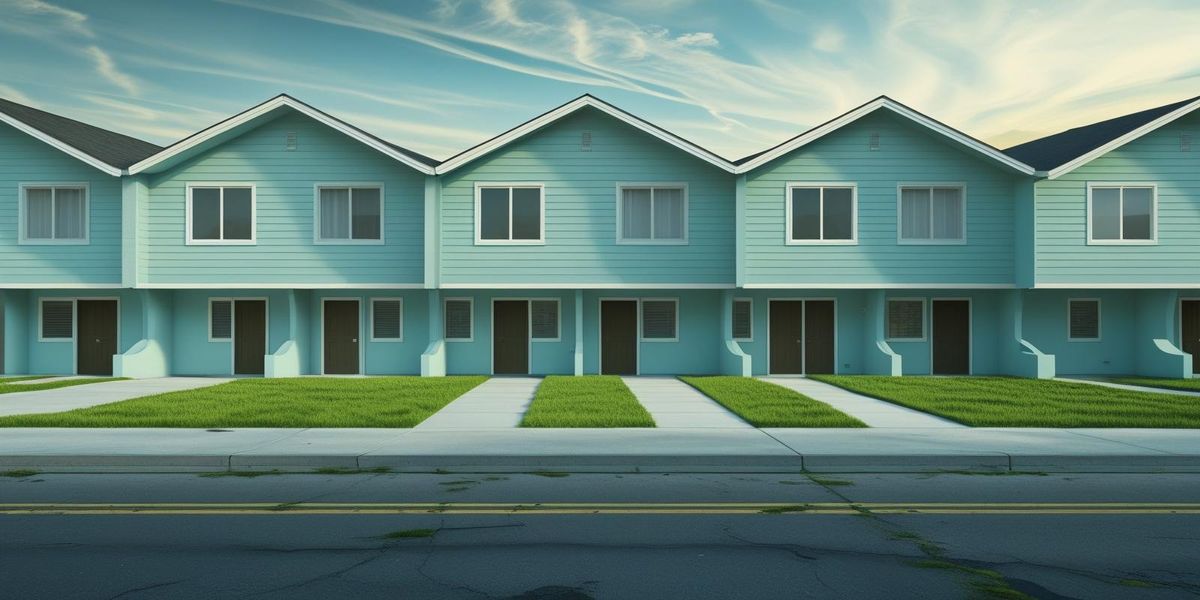Vivarium: the crippling monotony
A system governed by uniform properties makes an almost perfect vivarium for observing human behaviour in a pre-set layout. Would the unchangeable space change the people within?

Following WWII, CIAM (Congrès Internationaux d'Architecture Moderne) decided on a universal, rational approach to architectural design where "One-size-fits-all" and “less is more.” This standard thinking model aimed to create architectural uniformity and efficiency.
Such a system, governed by uniform properties, makes an almost perfect vivarium for observing human behaviour in a pre-set layout. Would an unchangeable space change the people within?
In a suburban setting, Gemma and Tom explore the limitations of the unlimited “Yonder” housing estate – A seemingly innocent landscape that starts and ends at house number nine. They’re the involuntary participants of a compulsory nesting experience: two rats in a maze.
To nest
The movie begins with a depiction of brood parasitism, where the cuckoo bird ejects eggs from the nest and replaces them with its own, assuring its survival through delegation in a house it did not create. This image of nature shows both the innate biological need for a home and the survival instinct to colonize for it.
The layout
A smothering monotony characterizes the Yonder housing estate. A set of identical suburban housing units aligned on a symmetric grid. Pastel blue façades and mint green grass. This lack of unique characteristics creates a sense of disorientation and timelessness.
The absence of reference distorts the cognitive compass of the protagonists, making it harder for them to locate and navigate. All roads lead them back to house nine, and time vanishes in the sameness of space, becoming irrelevant.
Their futile quest highlights how the human mind struggles to quantify physical and temporal dimensions once the spatial markers are lost. Yonder becomes a maze in their head, even if not inherently designed to be one.
Home psychology
“Not a starter home, a forever home.” That’s the pitch Martin, the real estate agent, uses to describe the house with its already meticulously arranged scenery: the blue nursery, set dinner table, and laid-out pyjamas. Despite the attempt to domesticate it, it remains soulless, with no distinctive smell or sense of familiarity.
With Gemma spending her time inside caring for the parasitic entity, Tom spent most of his time outside digging their way out, mirroring a traditional suburban family dynamic rooted in gender roles. At her demise, the now-adult parasite tells Gemma: “You’re already home” and “Mothers die”, implying that it’s a mother’s mission to make a home out of a house. Her forced attachment to the place makes it her responsibility, as if her fostering instinct marked its sacred territory.
The movie explores the principle of “You are the product of your environment.” The entity requires an efficient system that produces a systematic model of the real estate agent—a home simulator, designed for a very peculiar output, and the unwilling participants are biological tools meant to balance the ecosystem of the vivarium.

